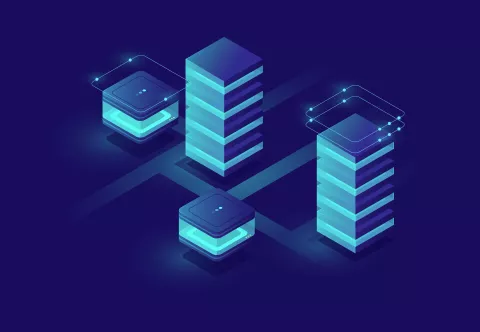In today’s interconnected digital ecosystem, Software-as-a-Service (SaaS) platforms rarely operate in isolation. They integrate with other tools, exchange data, and automate workflows — all made possible through one essential element: the API (Application Programming Interface). APIs are more than just a technical feature. They’re the backbone of scalability, interoperability, and innovation in the SaaS world. Without APIs, the seamless experiences users expect — like syncing data between apps, embedding analytics, or automating content workflows — simply wouldn’t exist.

1. What Is an API (and Why It Matters in SaaS)
An API is a digital bridge that allows different software systems to communicate with one another.
It defines how applications can request and exchange data securely, without needing to understand each other’s internal structure.
In SaaS, this means:
- Your CRM can talk to your email marketing tool.
- Your project management platform can send updates to Slack.
- Your analytics dashboard can pull real-time insights from multiple sources.
APIs make these integrations frictionless — turning isolated applications into connected ecosystems.
2. APIs Enable Seamless Integration
Modern businesses use dozens of digital tools. APIs make it possible to connect them all and create unified workflows.
For SaaS providers, offering strong API connectivity is no longer a “nice-to-have” — it’s a competitive necessity.
Example:
A newsroom using a content management SaaS may integrate:
- AI transcription tools for interviews
- Cloud storage for media assets
- Analytics dashboards for performance tracking
All of this happens automatically through API connections, saving hours of manual work.
3. APIs Drive Scalability and Flexibility
SaaS companies grow by expanding features and connecting with third-party systems — not by rebuilding their entire infrastructure. APIs make that possible.
They allow developers to:
- Add new integrations quickly
- Extend platform functionality
- Support custom workflows for enterprise clients
🔹 Think of APIs as “modular growth blocks.” They help SaaS products evolve without breaking what already works.
4. The Power of Ecosystems and Developer Communities
Some of the most successful SaaS companies — like Salesforce, Notion, and HubSpot — owe much of their growth to vibrant API ecosystems.
By providing open APIs and developer documentation, they enable third parties to build custom apps, plugins, and integrations.
This not only extends functionality but also increases platform stickiness and brand loyalty.
💬 When developers build on your platform, they become part of your ecosystem — and that ecosystem becomes your moat.
5. APIs Enable Automation and Efficiency
Automation is at the heart of SaaS value. APIs allow repetitive or manual tasks to be replaced by real-time data exchange.
For instance:
- A publishing SaaS can auto-post stories to multiple social media accounts.
- A finance platform can update reports every time a new transaction is recorded.
- A customer support system can automatically log messages from different channels.
APIs make these workflows possible without human intervention — improving efficiency and reducing errors.
6. Security and Compliance Through APIs
Modern APIs are built with strong security layers — authentication tokens, encryption, and access permissions — to protect data integrity.
For SaaS providers handling sensitive user data, secure APIs are critical for compliance with frameworks like GDPR or ISO 27001.
They ensure that integrations happen safely, with full control over who accesses what information.
7. APIs as a Growth and Monetization Channel
APIs don’t just power functionality — they can also generate revenue.
Many SaaS companies now offer API-first business models, where clients pay for usage (API calls, data requests, or integrations).
This model creates scalable, recurring income while allowing developers to build innovative products on top of the core service.
Examples:
- OpenAI’s API model for GPT-based applications.
- Stripe’s API-driven payment infrastructure.
- Twilio’s communications API suite.
In these cases, APIs are the product.
8. The Future: API-First SaaS Architecture
As SaaS becomes more complex and interconnected, the API-first approach is becoming the industry standard.
This means designing products from the ground up with integration in mind — ensuring every feature is accessible via API.
Such an approach enables faster innovation, easier customization, and long-term scalability — all essential for SaaS success in 2025 and beyond.
Conclusion
APIs are the invisible infrastructure powering the modern SaaS economy.
They connect tools, automate workflows, secure data, and enable innovation at scale.
In a world where digital ecosystems define competitive advantage, APIs are no longer just part of the system — they are the system.
For SaaS providers, mastering API strategy isn’t a technical decision — it’s a business imperative.


